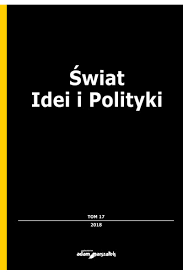Author(s): Mircea Brie / Language(s): English
Issue: 12/2020
This study aims at a synthesis of European policies, programs, mechanisms and instruments directed at developing a special good neighbourly relationship at the borders of the European Union. Methodologically, we aim to identify the main reforming guidelines concerning primarily the neighbourhood policies and instruments in the post-2020 period. The new multiannual financial framework is thus taken into account. In order to capture the main changes to these policies and instruments, we purpose to diachronically capture their evolution from the launch of the European Neighbourhood Policy until the beginning of 2020.The reform of the European Neighbourhood Policy has been a complex process imposed by the internal realities of the EU, but, naturally, it was marked both by the position of the partners or by the global geopolitical and macroeconomic context. During the period since the launch of the ENP (2004) the context has changed. Some neighbours have since become members of the EU. Then, in 2008 and 2009, the two partnerships aimed at the southern dimension (Union for the Mediterranean) and the eastern dimension (Eastern Partnership) are launched. The instruments are updated, reformed and resized through a constantly increasing allocation for each multiannual financial framework. Moreover, these instruments with which the EU operates in relation to its partners have been diversified to respond to the context, but also to stimulate both the partner state and the society, the population as a whole.The European policy implementation framework has been shaped by the internal and external context. The multilateral dimension of cooperation has increasingly been replaced by the bilateral dimension. The more for more principle applied in this context was intended as a stimulus for partners. This incentive must be understood not only in the sense that a state that reforms more, that integrates more, gets more support, including financially. The process is more complex and includes, as has become increasingly evident after 2015, a sectoral dimension of integration and differentiation. Thus, within the same state, some sectors have received additional support to the detriment of others. The differentiation was made starting from the same principle (more for more).
More...












